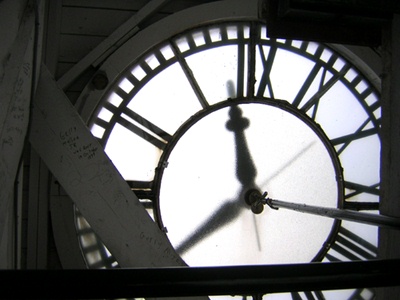All Nonfiction
- Bullying
- Books
- Academic
- Author Interviews
- Celebrity interviews
- College Articles
- College Essays
- Educator of the Year
- Heroes
- Interviews
- Memoir
- Personal Experience
- Sports
- Travel & Culture
All Opinions
- Bullying
- Current Events / Politics
- Discrimination
- Drugs / Alcohol / Smoking
- Entertainment / Celebrities
- Environment
- Love / Relationships
- Movies / Music / TV
- Pop Culture / Trends
- School / College
- Social Issues / Civics
- Spirituality / Religion
- Sports / Hobbies
All Hot Topics
- Bullying
- Community Service
- Environment
- Health
- Letters to the Editor
- Pride & Prejudice
- What Matters
- Back
Summer Guide
- Program Links
- Program Reviews
- Back
College Guide
- College Links
- College Reviews
- College Essays
- College Articles
- Back
An Abbreviated History Of Sir Thomas More
The son of a salient judge, Sir Thomas More was born on February 7th 1477 as the second of six children in a residential area of London known as Milk Street. He studied at Oxford College in Oxfordshire, where he studied Greek and Latin, the philosophical stylings of which undoubtedly influencing his later works, such as Utopia. After attending Oxford, he was accepted to Lincolns Inn to study law, and shortly after became a barrister, a type of lawyer who represents defendants in court, but cannot represent them legally. After a short stint following a whim to be a monk, More was elected to Parliament in 1504, and married shortly after, fathering four children. Remaining true to his classical education, one of the first things More did in Parliament was to propose a decrease in King Henry VII’s appropriation, or amount of government assets set aside for the kings personal use. In response, King Henry decided it was fit to imprison More’s father until a fine was paid, and until More withdrew from politics. The King died shortly thereafter, as not even his immense appropriation could prevent him from entering the afterlife.
More emerged from his political exile in 1509 and was appointed an undersherrif in London. He wrote Utopia in 1516, espousing his views on European society in general, and at the same time providing an example of what he thought the ideal society should be. It seems that More’s personal experiences with European royalty, (Remember the issue with Henry VII ?) compelled him to write Utopia, along with renaissance ideas of the value of the human life, and his own devout Catholicism. Utopia is highly satirical of English Society, and seems to lean toward democratic communism. The time he spent in a monastery during his education at Lincoln’s Inn, seems to have influenced the communal-esque society of Utopia’s residents.
Sir Thomas More was beheaded at Tower Hill after being tried for high treason in 1535 after refusing to sanction King Henry VIII’s divorce from Queen Catherine. Thomas More was later canonized St. Thomas More in 1935 by Pope Pius XI.

Similar Articles
JOIN THE DISCUSSION
This article has 0 comments.

Jokinen, Anniina. “The Life of Sir Thomas More”. Luminarium
Luminarium. Web. 26 May 2012
<http://www.luminarium.org/renlit/morebio.htm>
Huddleston, Gilbert. “St. Thomas More” The Catholic Encyclopedia vol.14
New York: Robert Appleton Company. 26 May 2012. Web.
<http://www.newadvent.org/cathen/14689c.htm>
“Thomas More” Biography and Works.
The Literature Network. Web. 26 May 2012
<http://www.online-literature.com/more/>